Could we see new cargo aircraft designs with a front-opening cargo door in the future? What obstacles do designers face with such aircraft?
With the delivery of the last 747-8F freighter later this year, the aviation world is potentially losing a trick it has had up its sleeve for decades. The ability to carry oversize loads often depends on having a door that allows loading length-wise, down the cabin. And this means having either a front or a rear cargo door. Or in some cases, both.
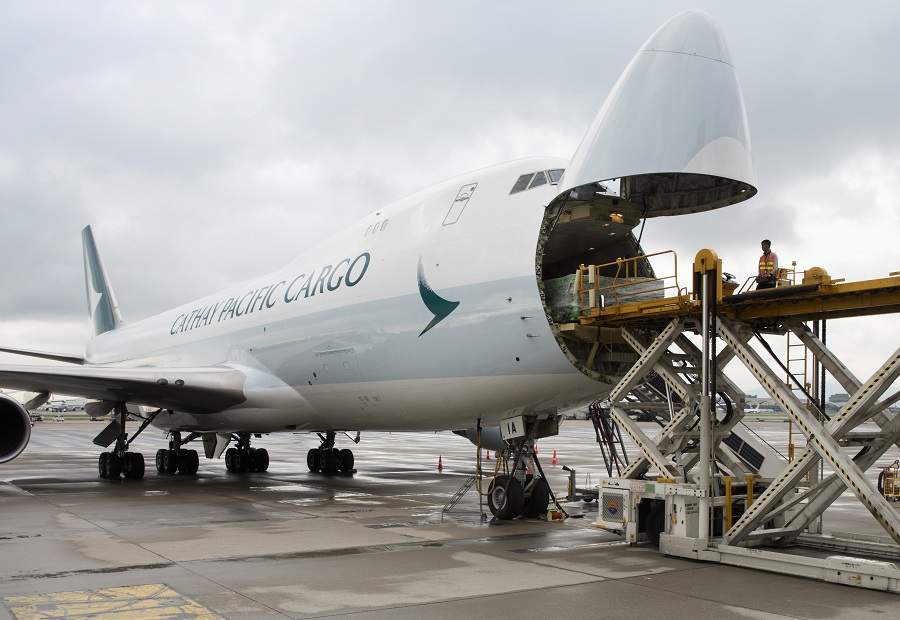
The reason the 747 has a front-opening cargo door, is because its designers destined it to be a freighter from its inception. We have looked back on the days of Boeing in the 1960s and the fact that its management believed that the future of long-haul passenger travel was… supersonic. Of course, this wasn’t a Boeing idea; more or less everyone in the industry thought the same thing.
Front-Opening Cargo Door: Guarding Against Obsolescence
And so, with US government funding at hand, Boeing got to work designing its 2707 SST, (SuperSonic Transport). But there was a problem. Boeing knew that the 2707 would take time to come to market. Plus, it had already been working on the design that would become the 747. So the company gave it a very high cockpit, to make room for a front-opening cargo door.
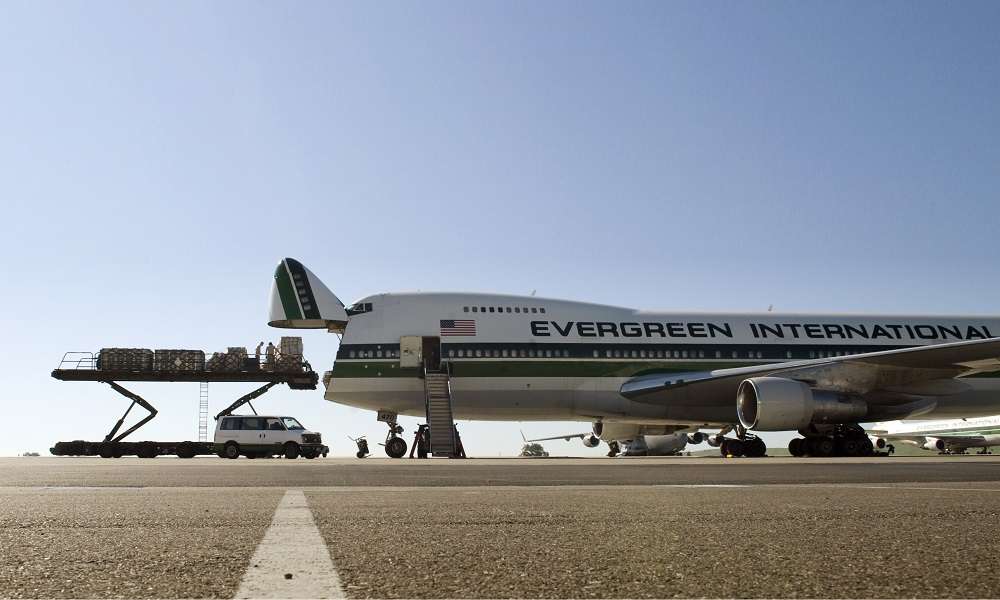
And thus, the double-decker layout of the 747 came to be. This was a really novel feature, for a pressurized commercial aircraft design. Military aircraft, as well as some small-scale efforts of conversions that we’ve seen, had attempted the same idea. But the design of that front-opening cargo door gave the 747 another string in its bow. It wasn’t just the biggest commercial freighter. It was also ideal for all manner of oversize… anything.
This niche for oversize cargo made it possible for the 747 to outlive its erstwhile replacement: the Airbus A380. Early on in the A380’s design, other ideas about the placement of its cockpit came and went. There are concept pictures out there, showing it with the same high cockpit position as the 747. But ultimately, Airbus did not chase the front-opening cargo door idea too seriously. Orders for a planned cargo A380Fs came – and went.
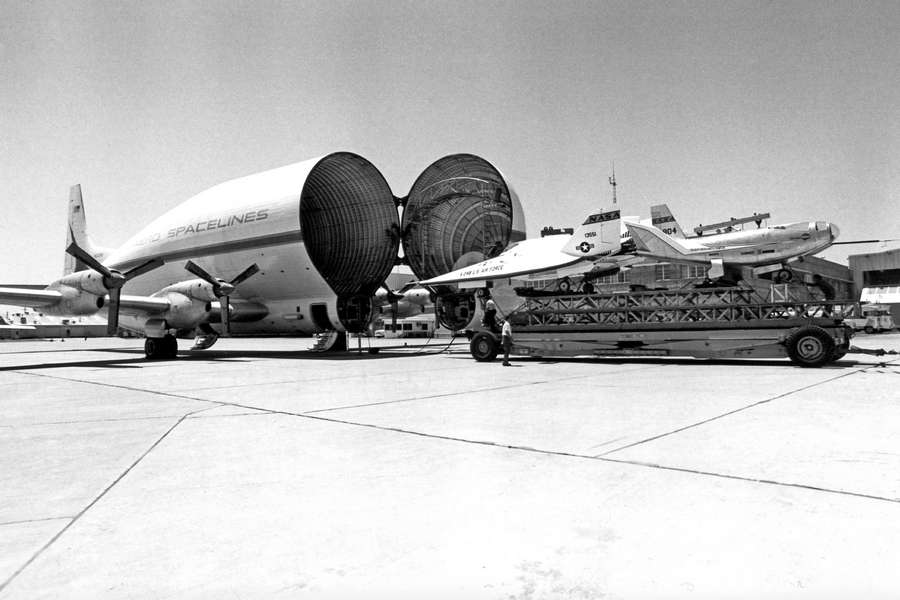
Some Very Special Freighters
Today, there are a few other alternatives, for loads that won’t fit through the side cargo door of a 777F, or a future A350F. An early one, almost concurrent with the 747’s design, was the “Super Guppy”, as we’ve seen. But this was an aircraft with a highly specialized role. It could carry some very large things… but not necessarily very heavy ones, for their size.
The same would later be true of the Airbus Beluga and Beluga XL. These designs feature a front-opening door that opens upwards, again for specific, lightweight cargo loads. Airbus learned a lesson from using the Super Guppy and wanted the cockpit out of the way. The Guppy’s design meant that all connections between the cockpit and the flight controls had to be disconnected and reconnected, whenever the door opened!
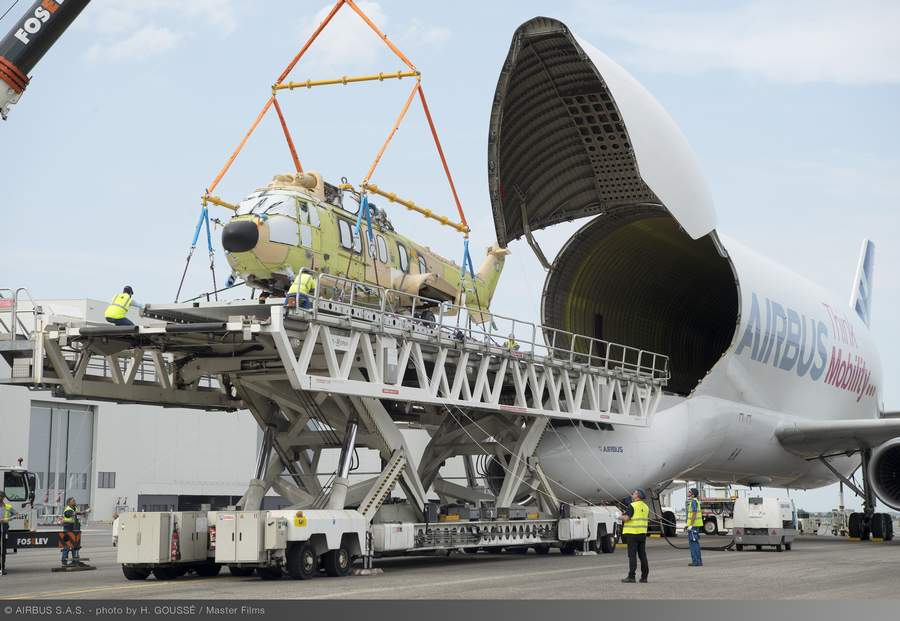
The problem with the Airbus Belugas, as with the Guppy and the Boeing Dreamlifter, is that their cargo space doesn’t feature pressurization. This isn’t a problem for some loads, but certainly can be for others. So it is doubtful that these front-opening cargo door designs could really replace the 747. Plus, the 747 freighters can carry more weight.
Catering For A Niche
One design that can do the job, is the Antonov An-124 – and if another one flies again, the An-225. Boeing actually relied on An-124s to carry the monstrous GE9X test engines of the 777X. But impressive though their cargo loads can be, these aircraft aren’t as efficient as the 747-8F. If you like, their front-opening cargo doors (and the ones on the rear – they have both!) make them an even smaller niche design.
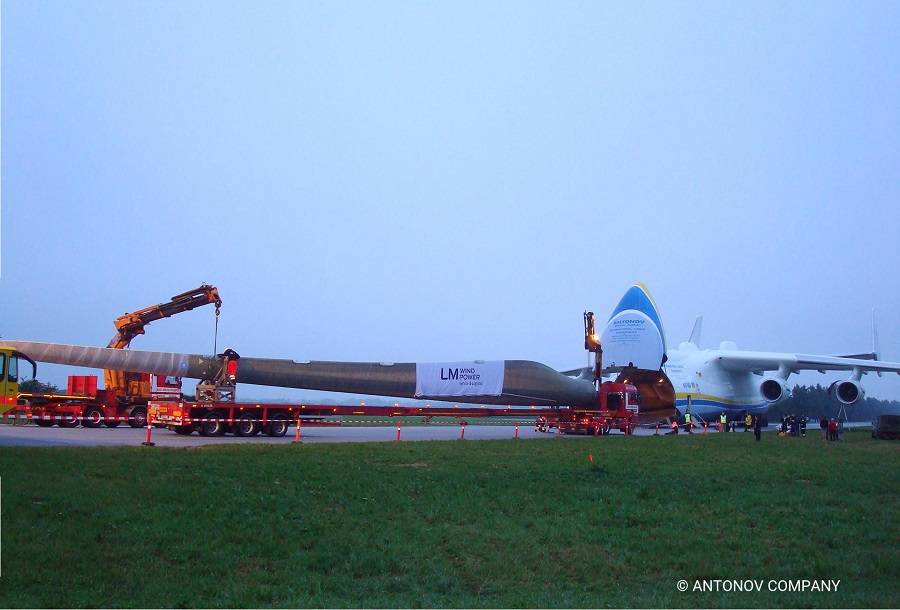
And it is the niche nature of carrying oversize loads that brings us obstacles when we look at the future. Could there be a new freighter design, that allows the loading of oversize cargo through a front-opening door? Or a rear one? There have been thoughts to make civilian versions of military freighters – most recently the Embraer C-390.
But this aircraft’s cabin has a cross-section similar to a C-130. It could become a good rugged-terrain freighter for remote areas, but its rear door won’t allow it to replace widebody freighters. Developing an all-new cargo aircraft with a front-opening door would be prohibitively expensive. So are there any other options out there?
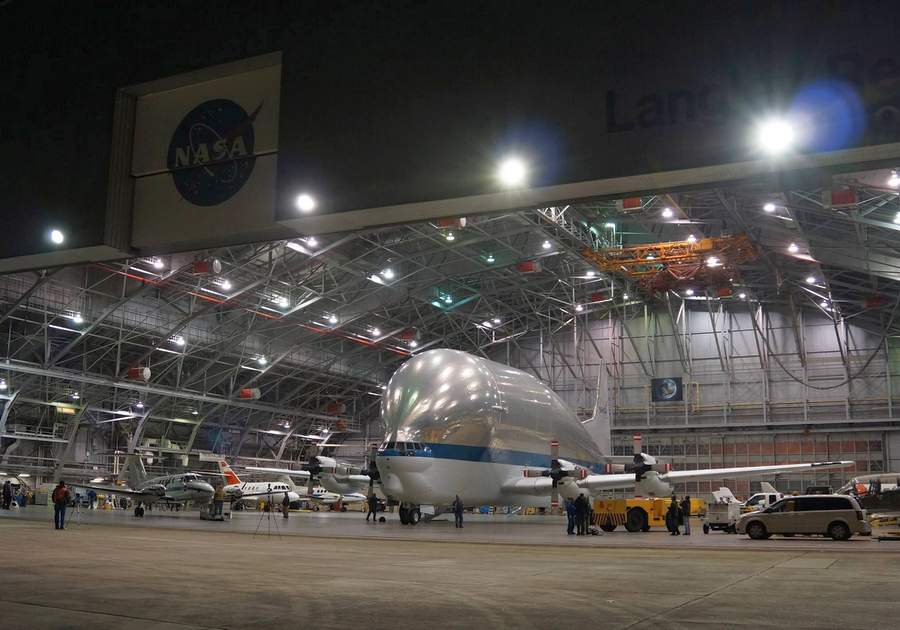
A Cargo Conversion With A Front-Opening Door?
Well, there might be. Let’s go back to that Super Guppy idea. Again, it worked fine, but disconnecting and reconnecting flight controls, hydraulics, and other systems between flights, was a handling nightmare. However, would this also need to be the case today? We now have aircraft like the 787, for instance. This is a fly-by-wire jet, which makes minimal use of hydraulic systems.
So here’s a hypothesis. Let’s suppose that Boeing (or someone else?) converted a 787 with a front-opening (hinged?) section, including the cockpit, allowing the loading of cargo. What sort of mechanical connections would this actually involve? And would the 787’s composite fuselage, built using barrel sections, facilitate such a task? How about the Airbus A350?
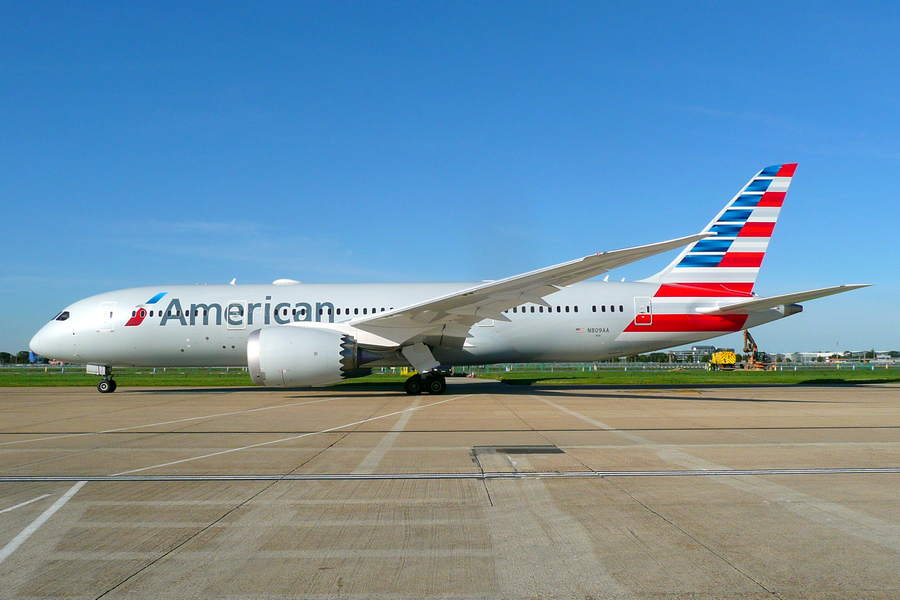
This author’s background is in economics, not engineering – so until more qualified people chip in, we won’t know the answers. But again: designing a brand-new, bespoke widebody cargo aircraft with a front-opening door, would be financially prohibitive. Aircraft manufacturers today need to sell many hundreds of aircraft, to recoup their initial investment. Boeing sold a lot of 747 freighters, but the program wouldn’t have survived on these alone.
The loss of cargo aircraft with a front-opening door isn’t necessarily an urgent problem. 747-8Fs (and those Antonovs) will keep flying around the globe for a couple of decades more, at least. But when a successor comes, it will most likely be a conversion of some sort. That’s unless other technologies enable manufacturers to produce new aircraft cheaply, making them profitable with only a few dozen sold.




1 comment
Thin Air Thoughts
Great article! You mention that Boeing had what would become the 747 design in works. This was from its military contract competition that Boeing lost to Lockheed and what is now the Lockheed C5A Galaxy – the huge front-opening military freighter.